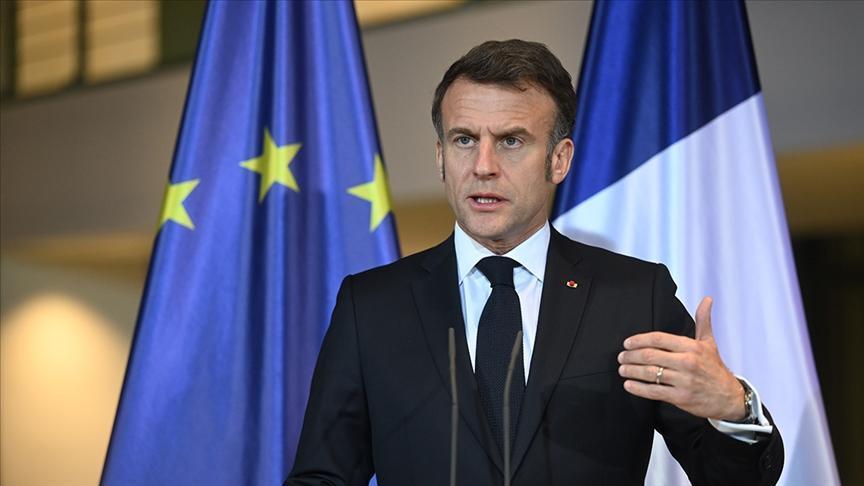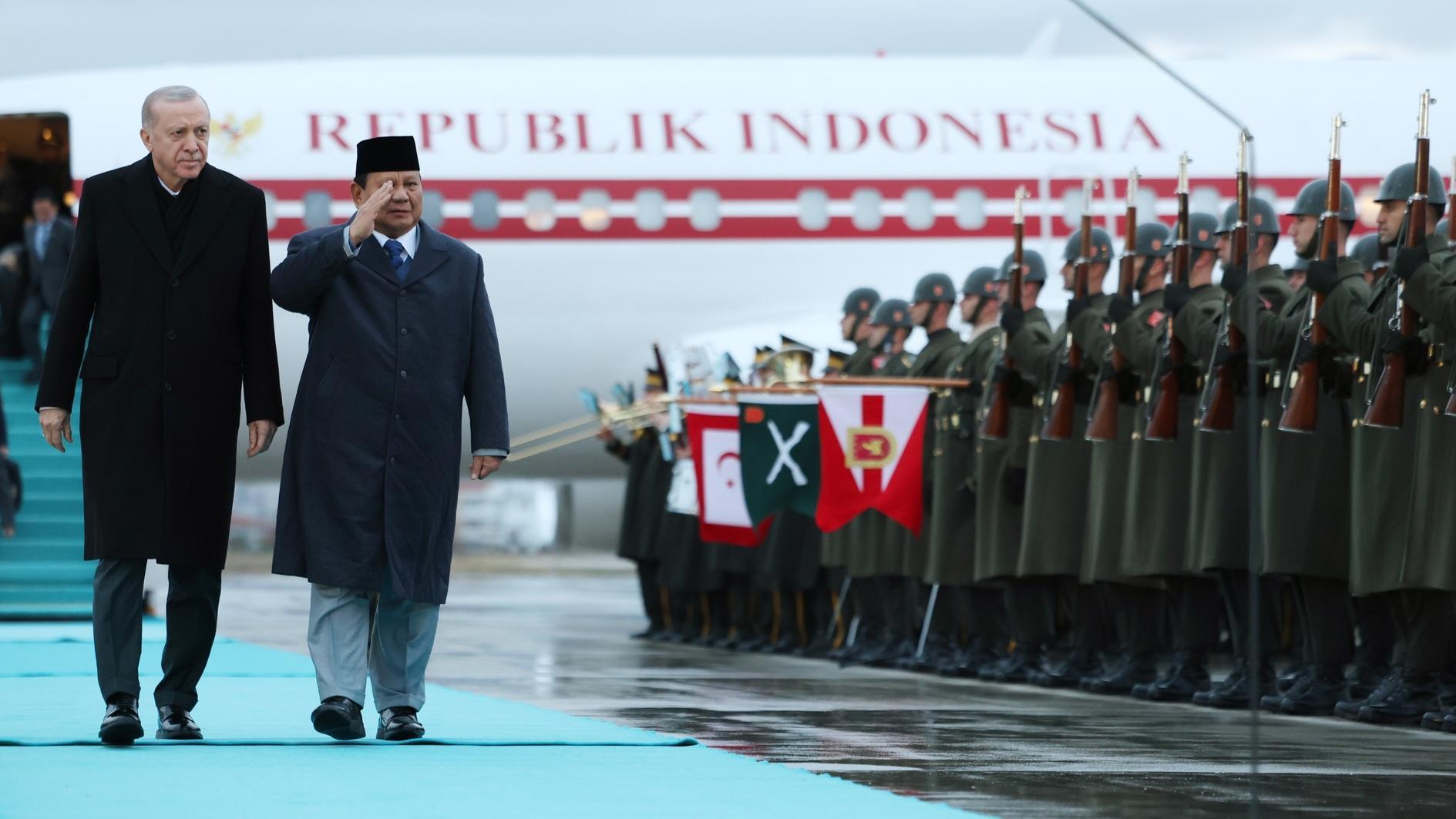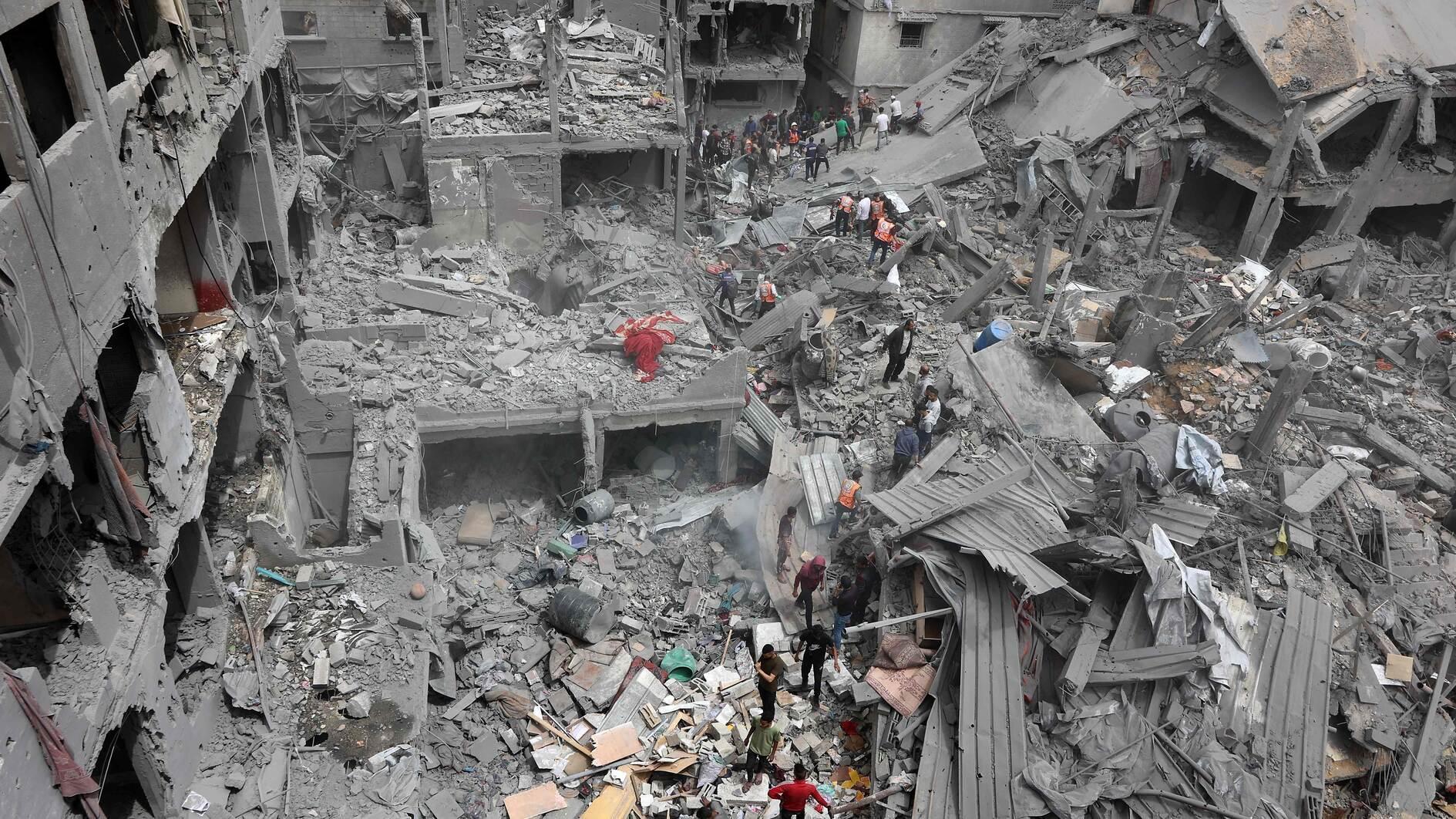Who is remembering the Muslim dead?
JEREMY SALT
Yes, it is time to remember the civilians massacred in the Ottoman Empire during the First World, but all of them and not just some. There might be argument over just how many Armenians died during the war, over how many were actually massacred compared to those who died from exposure or disease or over the time span during which they died, but at least they are an indelible presence in history, compared to the 2.5 million Muslims or so who died from the same combination of causes during the same period of history. They are a blank. Not even Turks seem to have more than a remote idea of the scale of the catastrophe that overwhelmed their Muslim forebears during the war. The western mainstream knows absolutely nothing and if there are any victims of the war we need to “remember,” it is these entirely vanished Muslims. Close to 3 million Ottoman civilians are estimated to have died during the war. Hundreds of thousands were Armenians or other Christians, but the vast bulk were Muslims - Turks, Kurds, Circassians and Muslims of other ethnic backgrounds.The key date for the Armenians is April 24, 1915, when the Ottoman government finally decided to close down the Armenian political committees. The key date from the Ottoman point of view was a week earlier, when thousands of Armenians launched an armed uprising in the city of Van, bringing the problem of Armenian insurgency to a head. Apart from Russian Armenians enlisted in the regular army, the Russian military command had formed four Armenian “volunteer” battalions tasked with the job of “liberating” Eastern Anatolian provinces in which more than 80 percent of the population was Muslim. Thousands of Ottoman Armenians had also gone over to the other side, forming armed groups that were sabotaging the war effort from behind the lines through attacks on Muslim villages and the sabotage of lines of communication.
With the Third Army effectively disabled in the disaster at Sarikamiş and all young men of fighting age at the front, the Ottoman military did not have the numbers to provide security for the civilian population or quell the Armenian insurgency. The Van uprising brought months of deliberation and uncertainty over what to do to a head. From the military perspective it does not matter whether the uprising was defensive in nature - as Armenians claim - or whether it was a well-prepared uprising, as the stockpiling of ammunition, the digging of trenches, the breaking down of walls in the Armenian quarter and even the sewing of uniforms would seem to indicate. All that mattered to the Ottoman military was that an important provincial city close to the Russian border was under attack.
By the middle of May, the Ottoman governor had been driven out and the city handed over to Russian control. Much of Van had been destroyed. The Armenians laid waste not just to the Muslim quarter of the town but also to the villages around the nearby lake, slaughtering many thousands of people. Others were killed as they tried to flee. The uprising was the last straw for the military command. Toward the end of May it recommended that all Armenians be moved away from the war zone. Thus began the techir (relocation).
The attacks on Muslim civilians reached their apogee during the Russian occupation of northeastern Anatolia. With the collapse of the Russian war effort after the Bolshevik revolution, for a brief period the Armenians had the field to themselves before they also were driven back. Returning Ottoman forces encountered scenes of absolute horror in towns, villages and cities across the east. No cruelty practiced in medieval times could exceed the sadistic barbarity of the Armenian çetiler (gangs). Their deeds were recounted by survivors in documents written at the time by Ottoman military commanders and provincial authorities.
The figures collated from these documents indicate that from beginning to end, more than 500,000 Muslims were massacred by Russian and/or Armenian forces, apart from the large number who died of other causes. One does not have to believe this round figure any more than one has to believe the figures of Armenian dead put out by the Armenian information network, but even if the number of Muslims massacred was “only” 400,000 or 300,000, there is a basic truth that has so far been skated over, ignored or played down, but ultimately cannot be credibly denied: the Armenians were perpetrators as well as the victims of terrible large-scale atrocities.
It is extraordinary that none of this seems to be known or thought worthy of mention by Turks who have adopted the Armenian cause. They are right to issue statements of regret or remorse for the crimes committed by their forebears, but they should surely also be insisting that Armenians come to terms with the crimes committed by their forebears. The road to true reconciliation lies in the mutual acknowledgement of crimes committed long ago and not in distorting history by allocating the role of perpetrator to one side and victim of the other.
*Jeremy Salt is an associate professor in the Department of Political Science and Public Administration at Ankara’s Bilkent University.











